#Klebsiella
Text
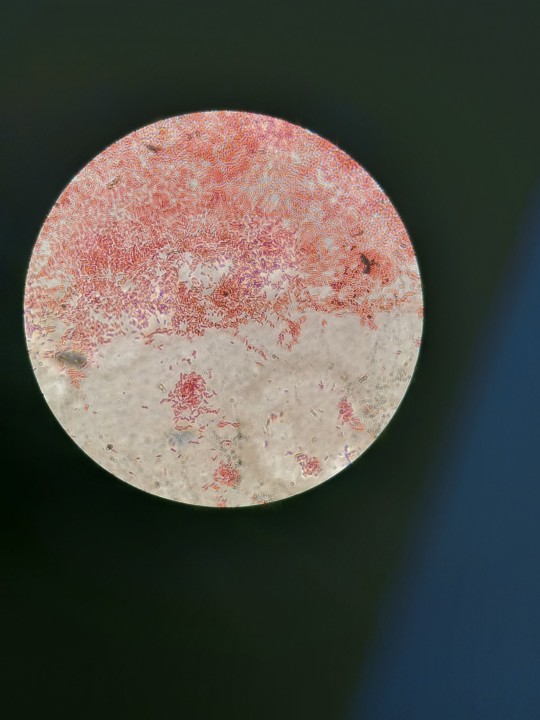

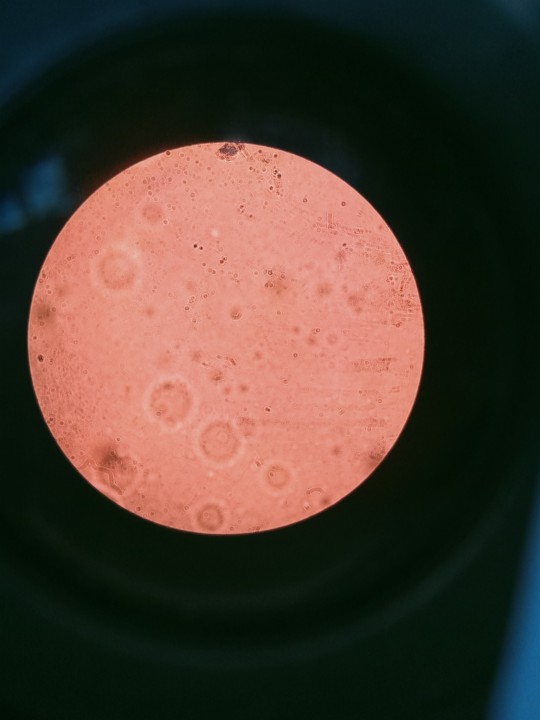
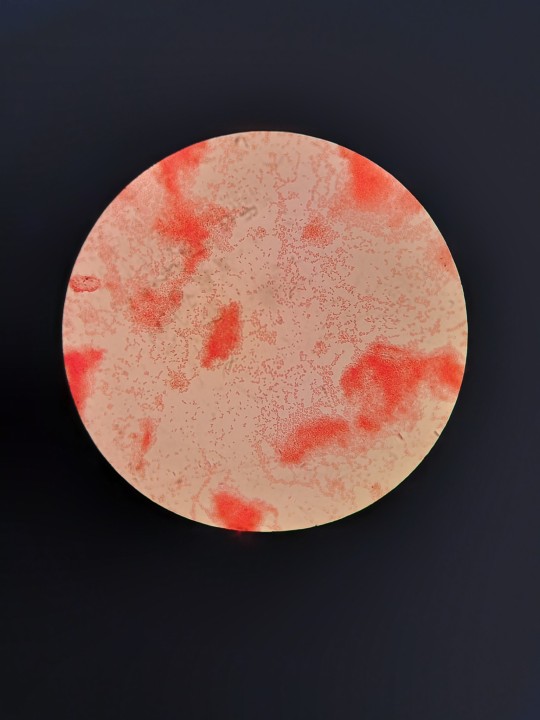
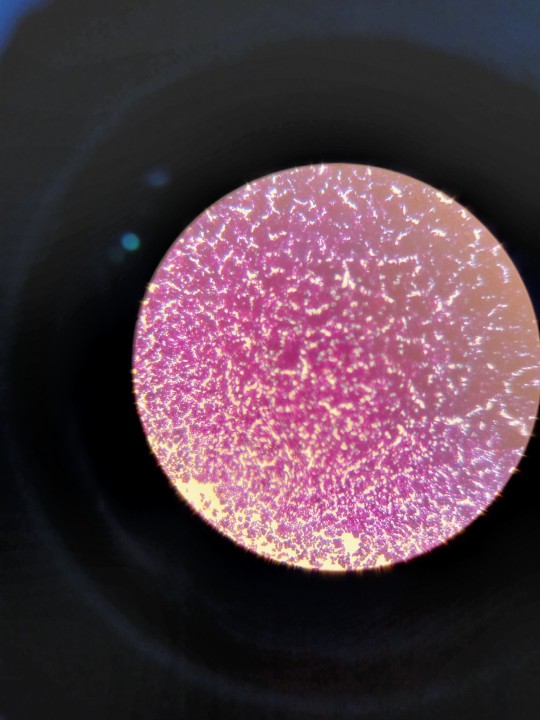
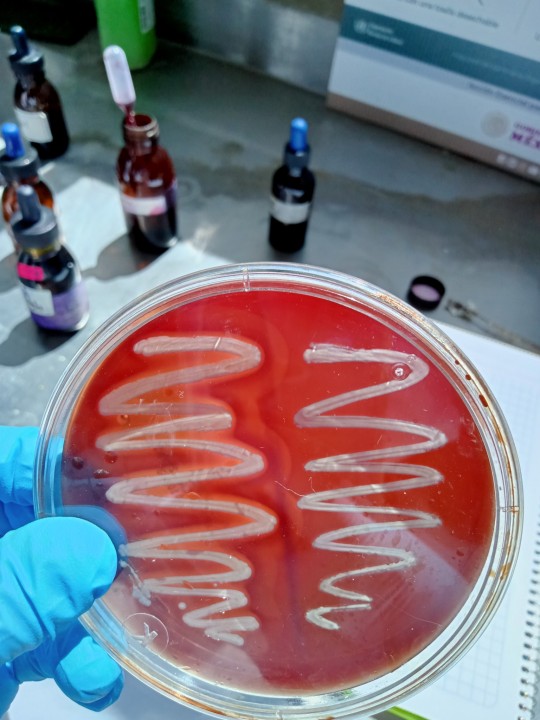
#microbiology#klebsiella#salmonella#ecoli#laboratory#scientific#bacteriology#bacteria#school#science
6 notes
·
View notes
Text
The Biggest Infection Threat - A Farm Or A Hospital?
According to a new research reported in Nature Microbiology, from a microbial standpoint, the hospital is more threatening than a farm. Let's understand more about Klebsiella here.
https://bioguardhygiene.in/blogs/the-biggest-infection-threat-a-farm-or-a-hospital
0 notes
Text
met this girl today and idk if we can be friends. she works at Disneyland as one of the characters and I'm a shitty human being
#🔪 - mello talks too much#she was telling me about all the nice interactions she has with kids#and im like damn#i threaten to shove klebsiella pneumonia down my coworker's throats on a daily basis
21 notes
·
View notes
Text

#yosante#ksante#yone#today i bring u.... some unpopular league of legends yaoi... next week; more of the same.....#if i said ksantes an infectious disease fellow w an md/phd chasing some specific protein kinase mechanism#that confers antibiotic resistance in a specific strain of klebsiella#and yone was a trauma surgeon fellow and they argue about how to treat patients who may or may not have cholengitis for five hours#driving everyone else in the hospital crazy would anyone understand what im saying
4 notes
·
View notes
Text
HYPER, a case report
20 something years old man of Asian descent presented with a history of 1 week of temperatures, retrosternal chest pains and just not doing that hot. COVID test was negative.
During his physical, I could tell he was sick, pale, sweaty, tachypneic and tachycardic. His pressure was normal. Meningeal signs are negative. Neuro negative. Abdomen negative. No peripheral signs of emboli or rashes. There was a bit of a weird chest sound (listed I have been doing ID for some years but for the life of me sometimes I can't tell which one it is...I just know it's not supposed to be there)) and I think I heard a heart mummer.
His labs: high white cell count, elevated CRP and procalcitonin. In the differential, neutrophils took the prize. Lactate thru the roof. Liver enzymes were elevated (transaminases).
He got a chest x-ray which was clear. Ultrasonography of the abdomen was negative.
His history was insignificant, he doesn't have any preexisting medical conditions, and he is updated on all his vaccinations. He is straight, married for a few years. He likes to play football with his friends who are all of Asian descent. They don't have kids but they have a dog. He is a teacher, he teaches English. He hasn't been to his country of origin since he was a child and nobody around him has travelled anywhere lately. He doesn't travel, he hates flying.
I admitted him and started him on co-amoxicillin with metronidazole bc all I had was tachypnoea and fevers. Tho his chest x-ray was negative, we decided to order a chest and abdomen CT scan, his ddimeres were elevated so I wanted to make sure he doesn't have a PE, which he did not. However, what the CT scan described - was 2 small abscesses peripherally liver approximately 3cm each.
Meanwhile, his blood cultures came back positive for...

GIF by thegalaxyrailways
Klebsiella pneumoniae, the hypervirulent kind
lol
ok. I wanted to prescribe cefta+avibactam. My boss laughed and laughed and laughed and asked from which pocket that will go so...
In the end, we did a CT navigated drainage and gave him colistin.
He did well.
But I think it's something he got from the community. At least it's what the lit says.
Do u have any experience with hypervirulent Klebsiella pneumonia infection? Drop a msg in my inbox I wanna hear all your tips and tricks!
Also, I hope all my ID folks are having the best time at ID week. I hope I will be able to go one day!
#Suzy´s adventures in ID#another case#this time I tell u the answer immediately bc I can go away for a few months again lol#medblr#ID stuff#infectious diseases#klebsiella pneumoniae
11 notes
·
View notes
Text
klebsiella is a beautiful name for a hobbit baby girl
#i know i already made this post with clostridium perfringens but klebsiella specifically has been haunting me for MONTHS IM NOT EXAGGERATING#little klebby pneumoniae. of the eastfarthing pneumoniaes#a respectable family. everyone is friends with at least one of them
10 notes
·
View notes
Text
Revolutionizing Pathogen Detection: INDICAL's Solution for Taylorella equigenitalis, Klebsiella pneumoniae, and Pseudomonas aeruginosa

In the realm of healthcare and biosafety, accurate and efficient pathogen detection is of paramount importance. Timely identification of infectious agents plays a critical role in preventing the spread of diseases and implementing appropriate treatment strategies. INDICAL, a leading biotechnology company, is at the forefront of revolutionizing pathogen detection with its innovative solutions. Particularly, INDICAL has made significant strides in the detection of three notorious pathogens: Taylorella equigenitalis, Klebsiella pneumoniae, and Pseudomonas aeruginosa.
Taylorella equigenitalis, a bacterium primarily affecting horses, can cause contagious equine metritis (CEM), a highly transmissible reproductive disease. Traditional diagnostic methods for Taylorella equigenitalis often involve lengthy culturing processes and specialized laboratory techniques. However, INDICAL has developed a groundbreaking solution that simplifies the detection process and dramatically reduces the time required for diagnosis. By utilizing advanced molecular techniques, such as polymerase chain reaction (PCR) and DNA sequencing, INDICAL's innovative approach enables rapid and accurate identification of Taylorella equigenitalis, allowing for timely intervention and containment of CEM outbreaks.
Klebsiella pneumoniae is a multidrug-resistant bacterium responsible for various infections, including pneumonia, bloodstream infections, and urinary tract infections. Rapid identification of Klebsiella pneumoniae strains and their resistance patterns is crucial in guiding appropriate antibiotic treatment. INDICAL's solution employs cutting-edge technologies like whole-genome sequencing and bioinformatics analysis to swiftly identify the presence of Klebsiella pneumoniae and determine its antibiotic resistance profile. By providing clinicians with actionable information in real-time, INDICAL empowers healthcare professionals to make informed decisions and combat the challenges posed by multidrug-resistant infections effectively.
Pseudomonas aeruginosa is a versatile pathogen known for causing severe hospital-acquired infections, particularly in immunocompromised individuals. Its ability to develop resistance to multiple antibiotics further complicates treatment. INDICAL has developed an innovative diagnostic platform that utilizes high-throughput sequencing and bioinformatics algorithms to rapidly detect and characterize Pseudomonas aeruginosa strains. This comprehensive approach not only identifies the pathogen but also reveals vital genetic information, such as virulence factors and antimicrobial resistance genes. By leveraging these insights, healthcare providers can implement targeted treatment strategies, improving patient outcomes and reducing the risk of hospital-acquired infections.
INDICAL's revolutionary solutions for Taylorella equigenitalis, Klebsiella pneumoniae, and Pseudomonas aeruginosa detection mark a significant advancement in the field of pathogen identification. The company's dedication to leveraging the latest technologies, such as molecular diagnostics, whole-genome sequencing, and bioinformatics analysis, has paved the way for faster and more accurate detection methods. By enabling healthcare professionals to swiftly identify these pathogens and their key characteristics, INDICAL's solutions empower them to take proactive measures, including implementing appropriate treatment regimens and infection control measures.
As the threat of emerging infectious diseases and antimicrobial resistance continues to grow, the importance of rapid and accurate pathogen detection cannot be overstated. INDICAL's commitment to innovation and their state-of-the-art solutions for Taylorella equigenitalis, Klebsiella pneumoniae, and Pseudomonas aeruginosa detection position them at the forefront of combating infectious diseases and improving patient care. With their groundbreaking technologies, INDICAL is revolutionizing pathogen detection and playing a pivotal role in safeguarding public health.
0 notes
Text
every day i get closer to snacking on the forbidden chocolate agar

look they even add icing on it to make it more delectable

😋never heard of this klebsiella pneumoniae flavour of vanilla icing but im excited to try it
23 notes
·
View notes
Text
interesting microbiome research:
"To investigate this, researchers at the University of Oxford tested 100 different gut bacteria strains individually and in combination for their ability to limit the growth of two harmful bacterial pathogens: Klebsiella pneumoniae and Salmonella enterica. Individual gut bacteria showed a very poor ability to restrict the spread of either pathogen. But when communities of up to 50 species were cultured together, the pathogens grew up to 1000 times less effectively than when cultured with any individual species. This 'community protection effect' was seen regardless of whether the bacteria were cultured together in vials, or in 'germ-free' mice (which had no resident gut bacteria at the start of the experiments).
Author Professor Kevin Foster (Departments of Biology and Biochemistry, University of Oxford) said: 'These results clearly demonstrate that colonization resistance is a collective property of microbiome communities; in other words, a single strain is protective only when in combination with others.'...
The researchers demonstrated that protective bacterial communities block pathogen growth by consuming the nutrients that the pathogen needs. By assessing the genomes of the different bacterial species, they found that the most protective communities were composed of species with highly similar protein compositions to the pathogenic species. They also used metabolic profiling to demonstrate that the protective species had similar demands for carbon sources as the pathogens."
13 notes
·
View notes
Text
Leishmaniasis
Case Reports, like we're on a episode of house

23M in Kenya, presenting with months of LOW, persistent fevers, and abdo fullness, found to have massive splenomegaly.
examination: massive splenomegaly (10 cm below costophrenic margin, and will definitely cross midline) and hepatomegaly
pancytopaenic on bloods, plt's down to 40s
diagnosis confirmed on BMAT (parasite seen)
normal HIV, liver and kidney function
Bodies seen on the BMAT below are part of the lifecycle of the parasite that is intracellular, hence you can see the macrophages/neutrophils loaded with them, even bursting
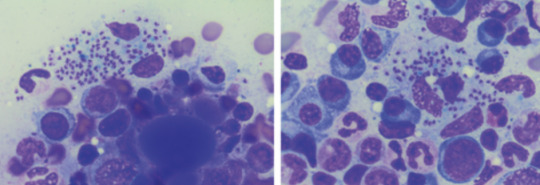
What is it:
think of it when you get a patient with pancytopaenia and hepatosplenomegaly, who either traveled to or is in/from a tropical/subtropic region (where sand flies are)
cause - protozoa parasite Leishmania, transmitted by infected sandflies
Epidemio (when to consider it)
tropics, subtropics (South America, Asia, AFrica), Southern Europe
Microbiology/Transmission
parasite, replicates intracellularly (Leishmania donovani)
transmitted in sand flies (can be unnoticeable and usually bite in dawn or dusk - evenings or night), can also be transmitted via needles/blood
more common in rural areas
I've simplified this, but is more extensively covered in StatPearls and Wiki (there's different species of Leish and sandflies that transmit it)
once bitten, the protozoa are phagocystosed by skin macrophages, which then becomes full of the "bodies" (part of the lifecycle). Eventually these burst to release more of the bodies that infect more macrophages
they eventually are spread via blood to liver/spleen/BM and LNs
Random history:
ancient, records of disease date back to Egyptian mummies from 3000 BC --> positive DNA amplication for Leishmania and on papyrus from 1500 BC

multiple physicians from different times have described the disease, but it's named for 2 who described the parasite's intracellular ovoid body stage in smears from infected patients in India: Lt General William Boog Leishman and Captain Charles Donovan (Ronald Ross named the bodies after the 2 --> "Leishman Donovan bodies"
significant disease in Allied troops in Sicily in WWII, called "jericho buttons" (image on wiki from a WWI trooper serving in the middle east)

Leishman: Scottish pathologist and British Army medical officer, later it's director general in the 20s, did extensive research into the parasite named for him by Sir Ronald Ross. He mistook the parasite he observed for trypanosomes (cause of Chagas in South America and African sleeping sickness in Africa)
Donovan: Irish parasitologist, medical officer in India, observed an epidemic across India just after the rebellion of 1857, discovered the "bodies" in spleen tissue as the causative agent for what the locals called "kala azar" (severe visceral leishmaniasis - see below)
Donovan also discovered the "bodies" of Klebsiella granulomatis, hence these too are named after him (cause of ulcerative granulomas)
It became scandalous as both wanted credit for the "discovery" of this newly identified organism. So Sir Ronald Ross named it for both of them.
Sir Ron, by the way, won a Nobel in Medicine for discovering that malaria is transmitted via mossies (this was also a source of scandal, he was meant to share it with another physician who he accused of fraud - and they never received the award)
finally, it was actually a Russian physician who identified it first, but well, he published in a little known Russian journal which was promptly forgotten.
Clinical features
cutaneous type vs visceral organ type (spleen, liver, bones)
From wiki

can be asymptomatic
cutnaeous: can be there for years and resemble leprosy, causes an open chronic wound (most common), incubation 2-4 weeks on average (nodules at site of inoculation that eventually form ulcers), can heal spontaneously in 2-5 yrs
in diffuse cutaneous cases, can affect face, ears, extensor surfaces
can be muscosal = eg nasal symptoms/epistaxis, severe: perforated septum, this occurs in 1/3 after resolution of cutaenous symptoms (can be severe/lifte threatning, as it can affect vocal cords and cartilage, but oddly not bone)
visceral (incubation periods of up to years until immuncompromise): fever, weight loss, hepatosplenomegaly (spleen more than liver), pancytoaepnia, high total protein and low albumin with hypergammaglobulinaemia
this has seasonal peaks related to sandfly habits and humidity
interestingly it is an infective cause of massive splenomegaly, such that it crosses the midline
Extreme - but noticeable hepatosplenomgealy/abdo fullness, from medscape

can be atypical in HIV co infected patients, LAD in seom regions like Africa
Kala azar = black fever in some severe cases (fatal due to secondary mycobacterial infection or bleeding), refers to damage fto spleen, liver and anaemia
invstigations:
serology not great (minimal humoral response to the parasite), so often requires histopath (tissue sample) for which BMAT is safest in visceral organ involvement
visualisation of amastigotes (or Leishman-Donovan bodies), as intracellular --> can be seen in macrophages (small round bodies) post Giemsa staining
PCR of DNA also possible (as done in the Egyptian mummies)
Image source:

Treatment

liposomal amphotericin B (holy shit strong stuff) in visceral, PO: miltefosine (caution in pregnancy), all have significant ADRs, or paromycin. however, mortality of 10% if visceral left untreated
mixed results with azoles
in HIV co infection - start the HAARTs! can improve survival, mortality is 30% in HIV patients
cutaneous: stibolgluconate (have never heard of these drugs) and megluaine antimoniate, but limited disease often spotnaeously gets cleared by the innate system
prevention:
use DEET insect repellant at dawn and dusk
loose fitting clothing that covers all skin
no vaccine (were attempts at vaccinating dogs, which decreased rates)
sandflies are smaller than mossies, so requires small netting

Differentials for hepatosplenomegaly

Sources:
WHO guidelines
CDC guidlelines
Wiki - Haven't covered pathophysio, but wiki does extensively
StatPearls
DermNet - great resource for all things derm, that my derm colleagues pointed out to me
7 notes
·
View notes
Text
A bacterium called klebsiella pneumoniae appeared in my body. My doctor explained that it spreads insidiously and will cause pneumonia later on. Really, I was so surprised by this. They did not find any different diseases. This is what came out of the urine culture test. How did I get this bacteria into my body? How is this possible? I don't know. Now I started to use antibiotics against the bacteria my doctor gave me. I hope I will feel better. Only the lower part of my stomach is really starting to hurt but I have to hold on. Everything will be fine.
33 notes
·
View notes
Text
common laboratory bacteria ranked by smell:
Streptococcus anginosus: sweet and butterscotch-y. a favourite of all techs.
Candida albicans: a yeast. smells of rising bread dough and beer. some isolates produce this smell stronger than others, and more odorous organisms are sometimes shared among staff to enjoy the smell
Pseudomonas aeruginosa: sweet, like a fake grape flavour. reminds me of my childhood. sometimes compared to tortilla chips. always pleasant to encounter
Proteus vulgaris: not commonly liked, but i would describe its smell as akin to chocolate cake. others might call it fishy. a controversial fave
Staphylococcus aureus: on blood agar, the smell is reminiscent of that of unwashed human skin. reminds me of smelling people, which makes me like it
Coagulase negative Staphylococcus: similar smell to S. aureus
Klebsiella pneumoniae: a rectal smell somewhat like E. coli, but with more of a "wet dog" funk. i don't hate it
Haemophilus species: mildly unpleasant. a moist and musty smelling genus
Escherichia coli: the ambassador of the world of bacteria smells like you might expect bacteria to. i would not describe the smell as fecal, but certainly rectal.
Enterobacter cloacae: much like E. coli, but just noticeably worse. like you left your E. coli plate in a nasty bathroom
Fusobacterium nucleatum ACC 25586: QC for anaerobic jars. smells of rotting pumpkins, acrid flatulence, and bad breath all rolled into one. i refuse to work with it on benchtop
7 notes
·
View notes
Text
Been working in microbio long enough that when my mom announces a product was recalled for bacterial contamination and I reply "anyone I know?" she replies by listing the individual bacteria.
As if Klebsiella aerogenes is an old classmate that changed their name and got a new job.
#microbiology#yeah I work usually in microbe adjacent fields#more so than average I mean#everyone is microbe adjacent
51 notes
·
View notes